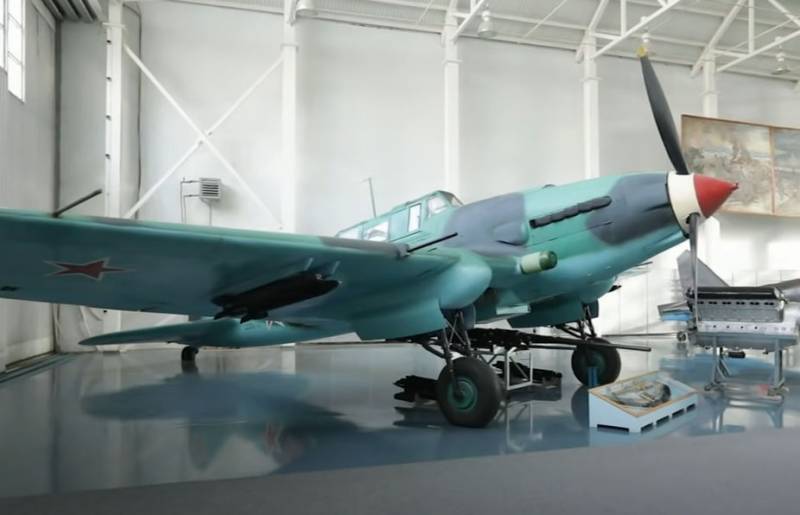The Germans called the "airplane made of concrete": about the Soviet Il-2 attack aircraft
When it comes to which attack aircraft should be considered the best in World War II, a considerable number of specialists tend to call the Soviet Il-2 as such. This is a legendary combat vehicle that has been in operation since 1941. Moreover, the operation of the IL-2 continued after the end of the Second World War. The use of these Soviet attack aircraft was documented until almost the mid-1950s.
There are also those who do not consider the IL-2 to be the best. At the same time, such experts also admit that if the aircraft had any significant flaws in the performance characteristics or design, then it certainly could not become the most massive aircraft in stories world aviation... Data from manufacturers and military archives indicate that in total, over 35 thousand of such attack aircraft were produced over the years of production. And they managed to fight on various fronts, destroying, without exaggeration, hundreds of thousands of pieces of equipment of the Nazis and their allies.
Over the years of the war, the Il-2 was awarded all sorts of nicknames, including from the side of the enemy. German pilots often called the Soviet attack aircraft "stone (concrete) aircraft" (a plane made of concrete).
Soviet pilots pointed out that the attack aircraft can hardly be called a maneuverable vehicle. However, the Il-2 was most effective precisely for destroying targets, including armored vehicles. It was also noted that the plane could be landed even with significant damage.
IL-2 actually changed the idea of battle tactics.
The reflections of the historian Boris Yulin on the IL-2 are presented on the Sky Artist channel. It also tells about comparisons with German planes. Narration in 2 parts:

Information